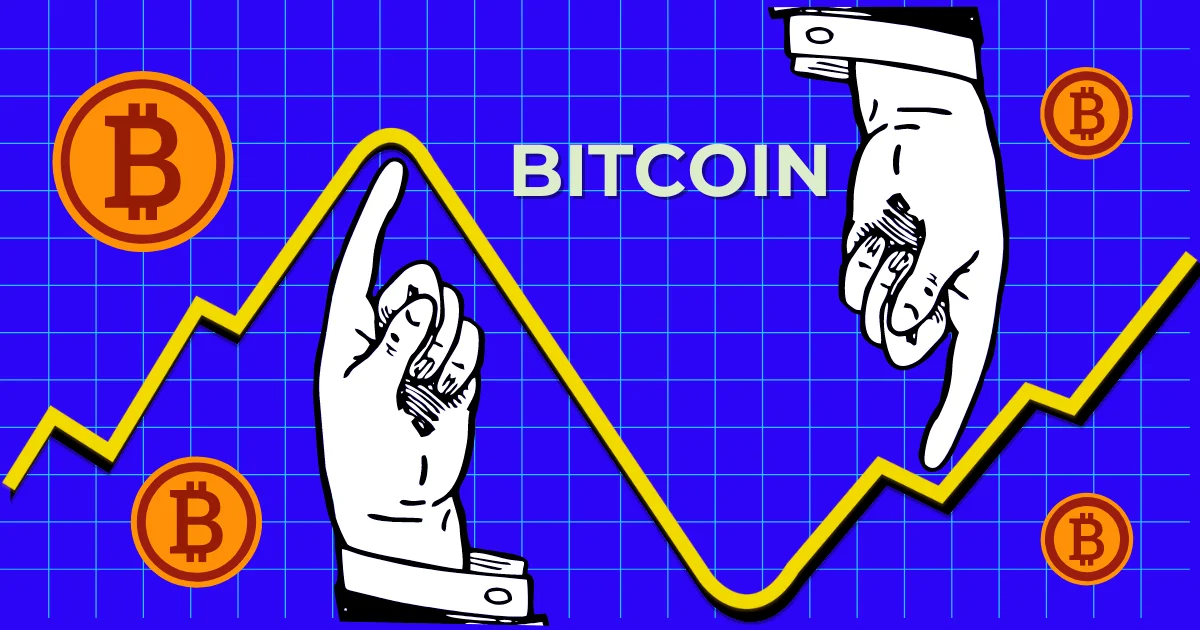Mike McGlone, senior commodity strategist at Bloomberg Intelligence, joined David Lin for a discussion about Bitcoin. Mike said that in the current financial crisis and with quantitative easing, Bitcoin has been leading risk assets, driving markets to new highs earlier this year. He suggests that Bitcoin may also be leading the market downturn, as it appears to anticipate bottoming stock market volatility.
He said that the Bitcoin-to-gold ratio, which peaked during major financial events, is now declining, indicating Bitcoin’s weakening momentum. He also points out that while Bitcoin surged earlier this year due to major events like the anticipated ETF launch, it has since underperformed compared to gold and other assets, signaling global economic challenges.
Mike said, “The fact is this: the fastest horse in the race, as some people have called it, is potentially suggesting the race is over.
Understanding Bitcoin’s Recent Market Behaviour:
Bitcoin’s Divergence from Traditional Stocks: Mike said that recently, Bitcoin has shown some differences in its performance when compared to traditional stock indices. From June through July and continuing into August, while Bitcoin has been recovering, it’s doing so more slowly than the NASDAQ, which bounced back from its early August lows. This raises questions about how Bitcoin’s relationship with different stock indices might be changing.
The Impact of Bitcoin ETFs and Resistance Levels: The launch of Bitcoin ETFs in January has had an impact on the market, he said. Since these ETFs started, the average price of Bitcoin has been around $60,000, which has become a tough barrier for it to break. As a result, many investors who bought Bitcoin through ETFs are now seeing the value of their investments drop below what they paid.
Broader Economic Factors: Looking beyond Bitcoin, there are broader economic signals to consider. The VIX index, which measures market volatility, is starting to rise, indicating that uncertainty in the market is growing. Additionally, the yield curve is showing signs that could point to a coming recession. The Federal Reserve might consider lowering interest rates as unemployment rises, which is currently at 4.3% and expected to hit 5% next year. These factors add to the overall uncertainty in the market.









